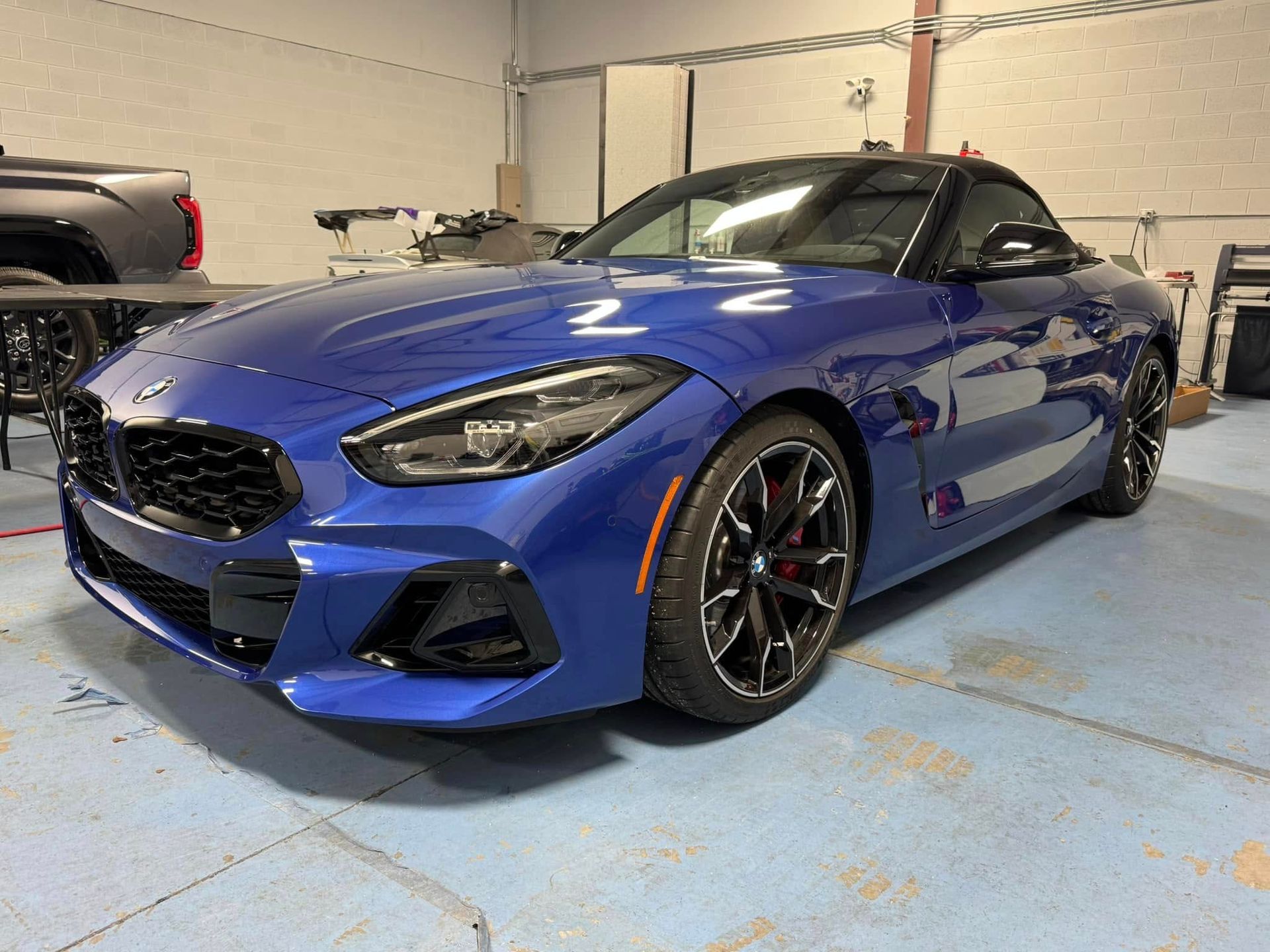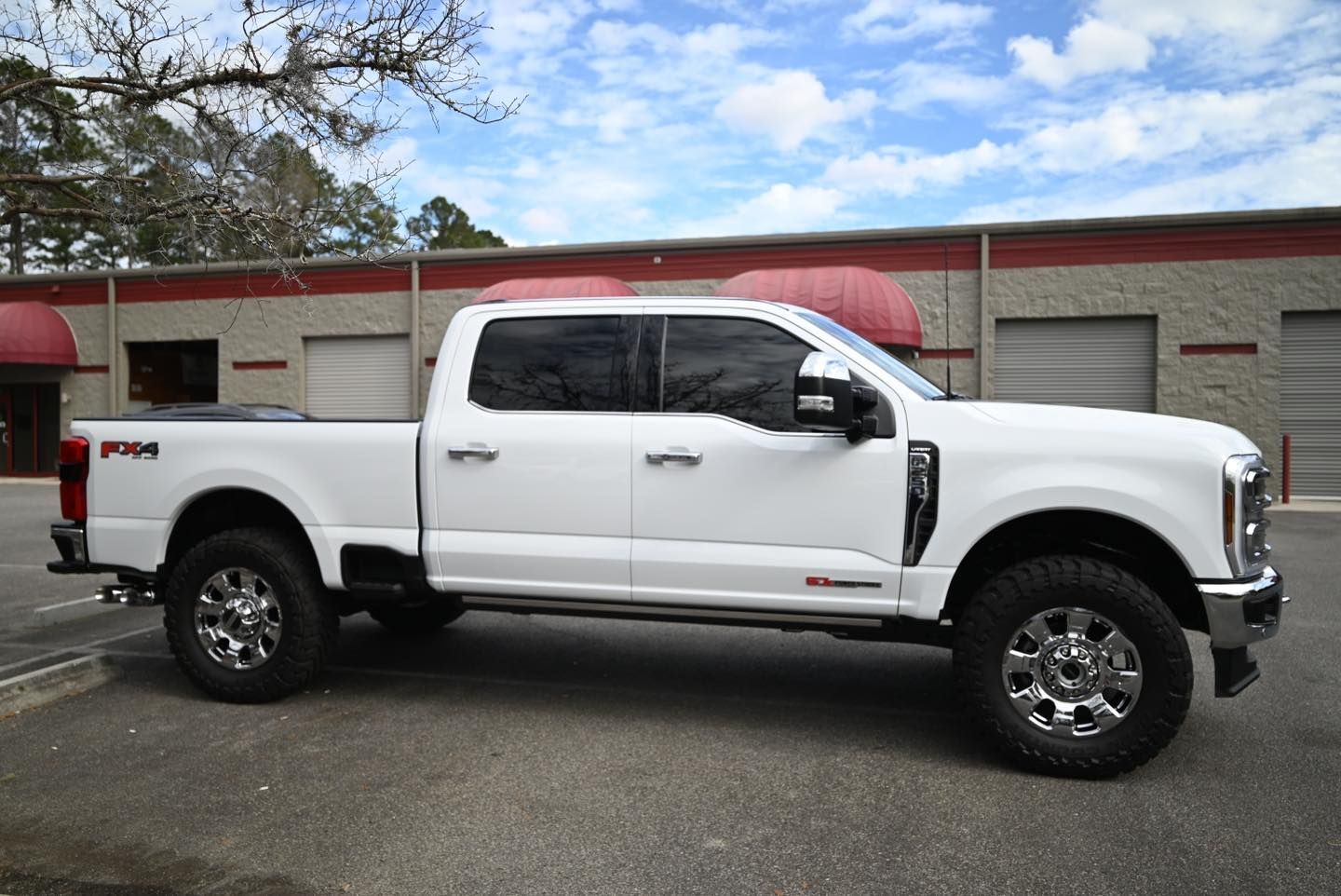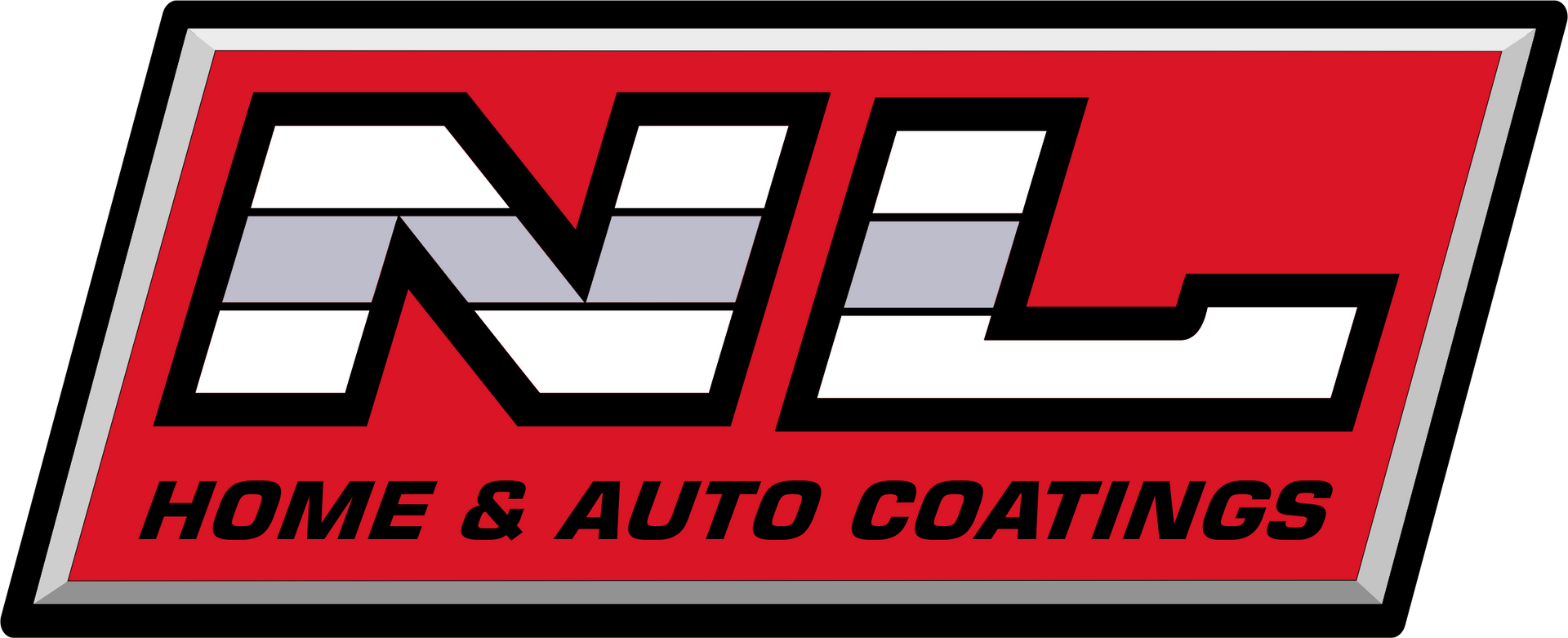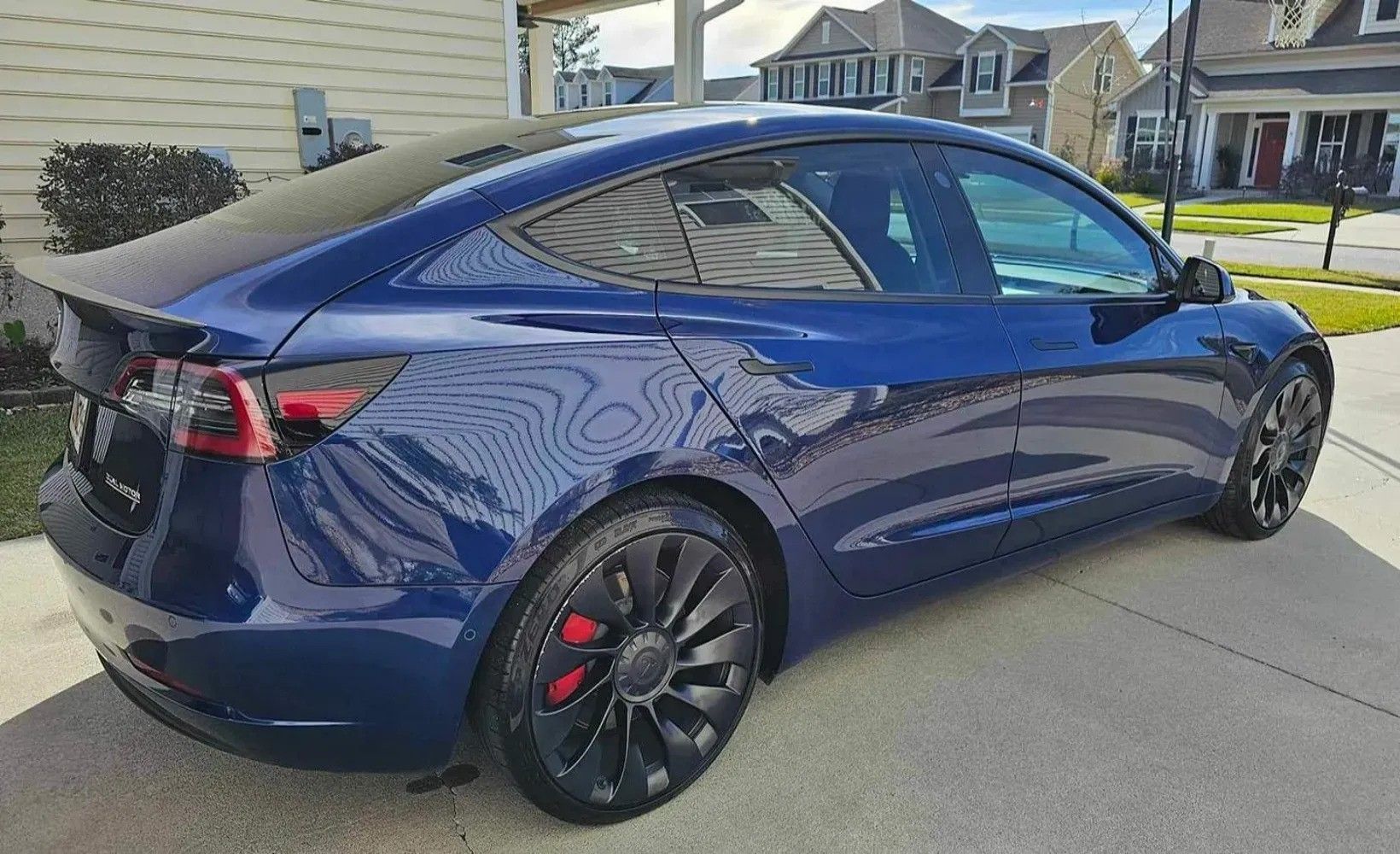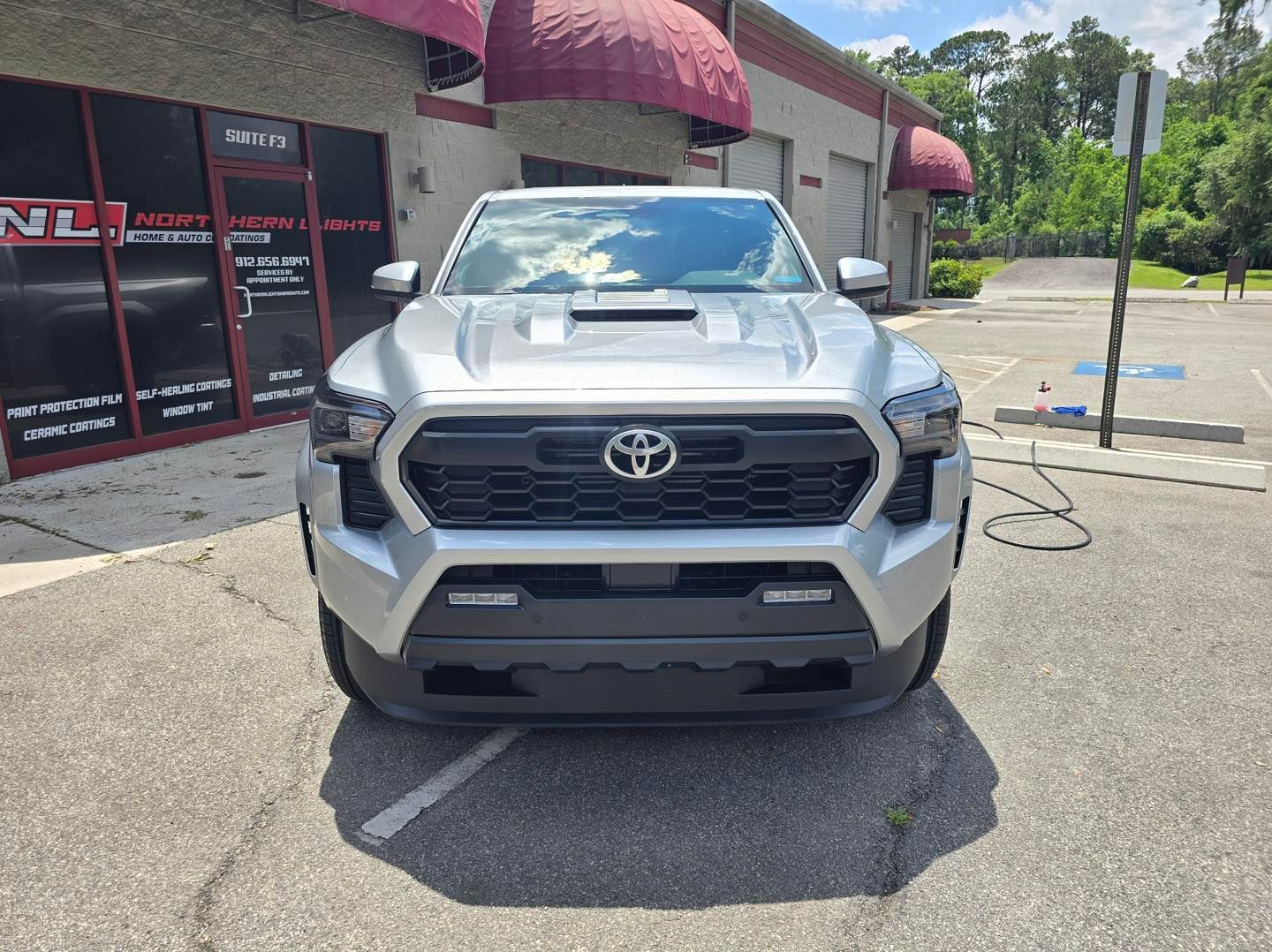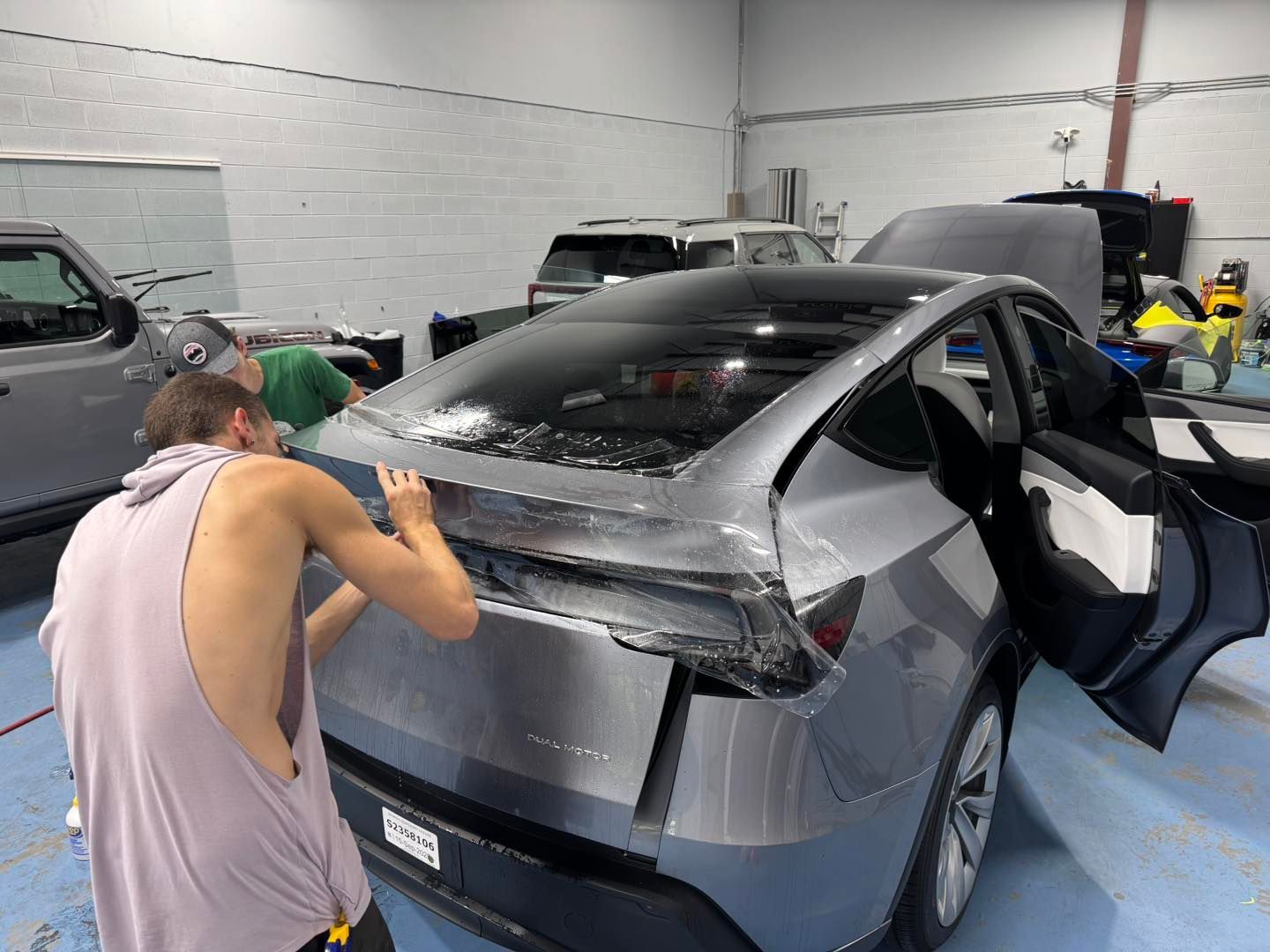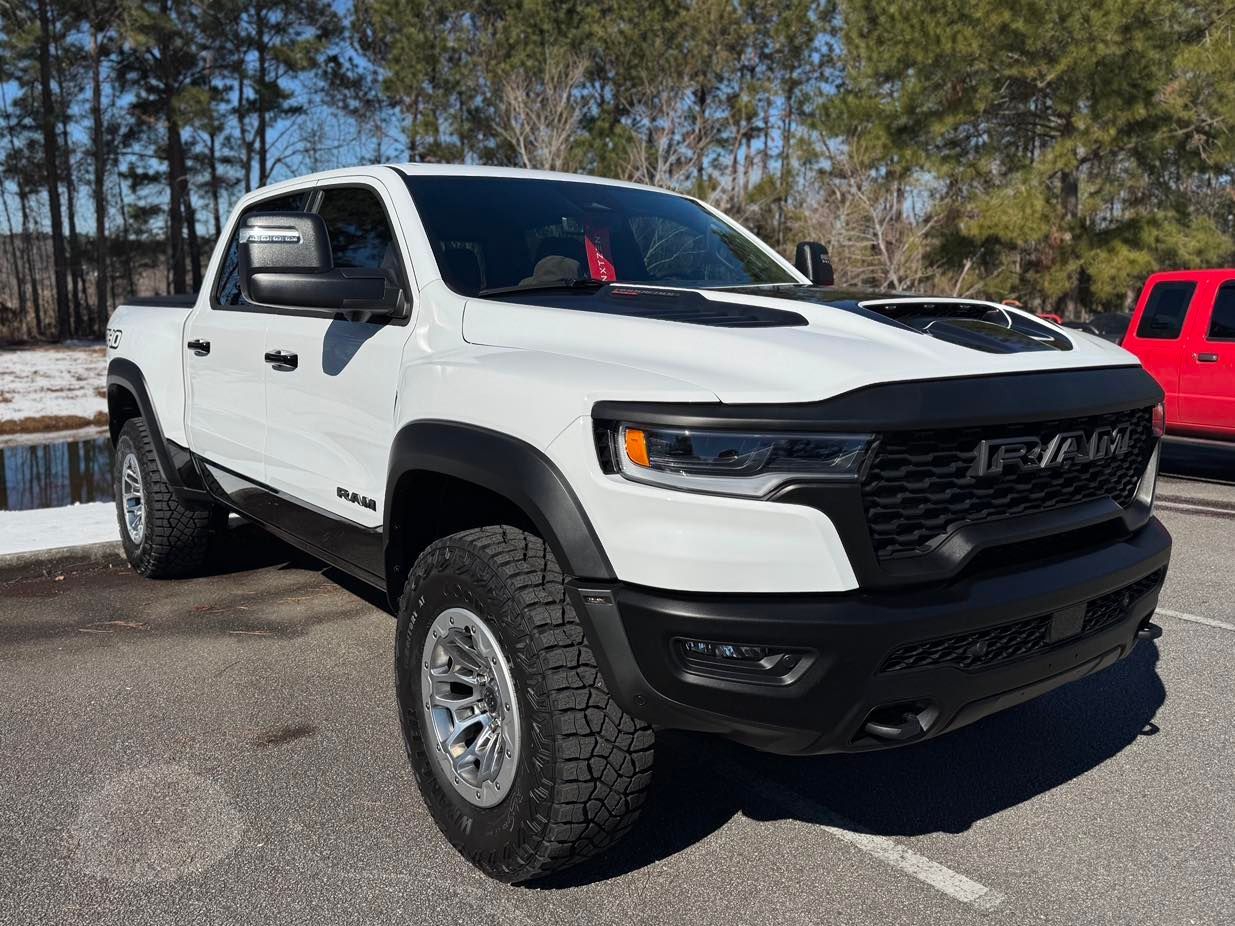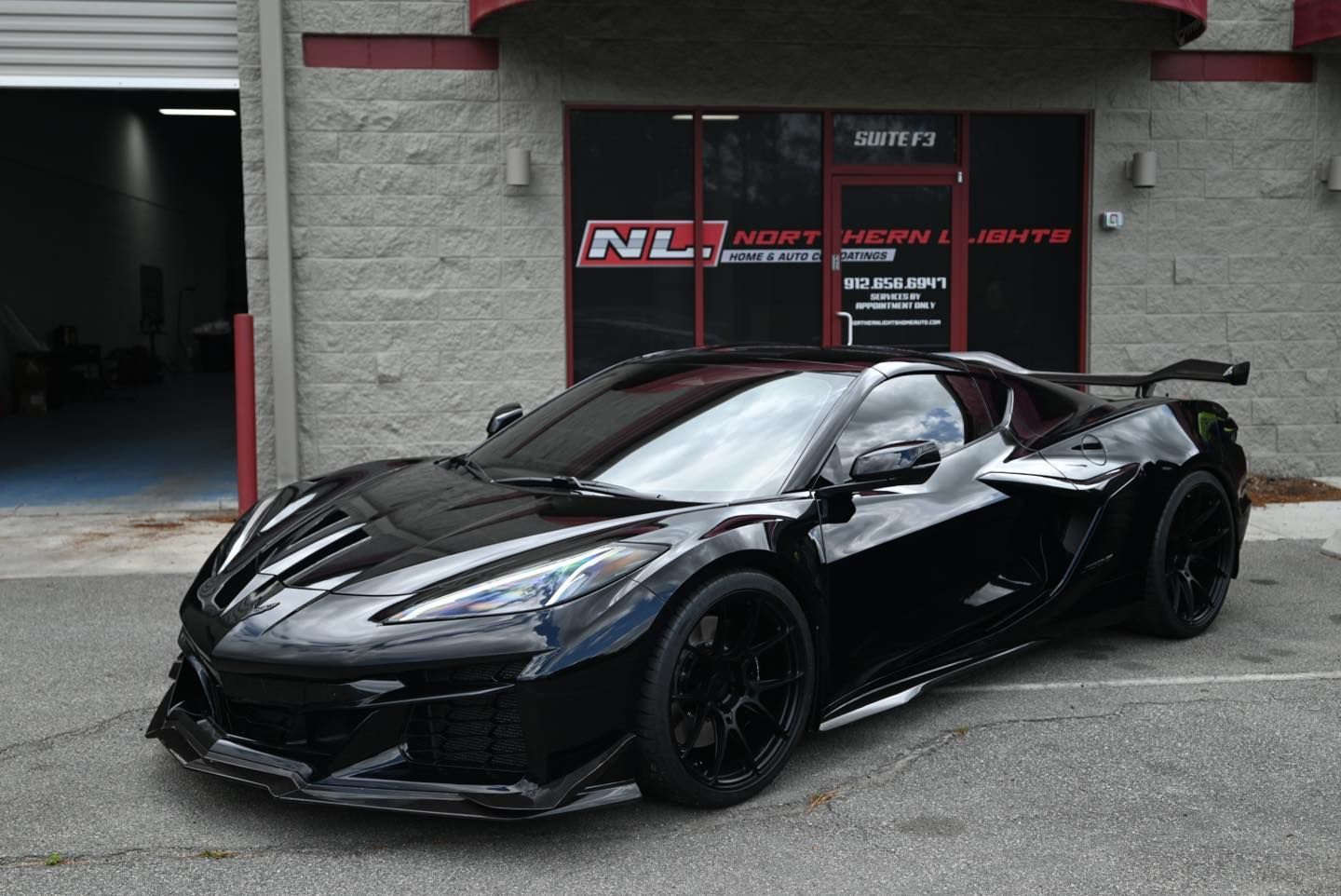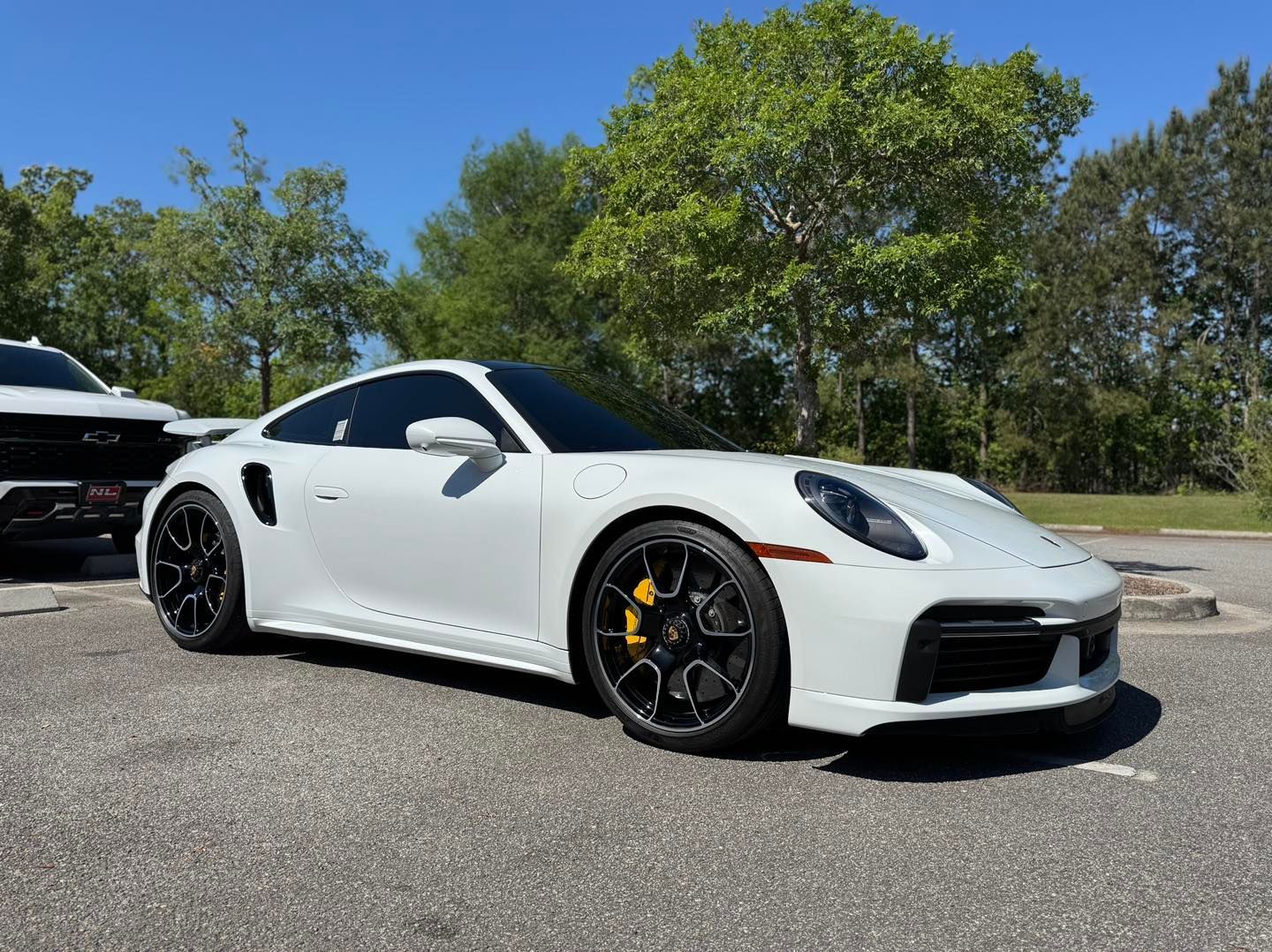What to Expect During the Professional Window Tinting Installation Process?
When you think about upgrading your car, things like fancy rims or a new stereo might come to mind first. However, have you ever contemplated the transformative potential of window tinting? Not only does it make your vehicle look sleek, but professional window tinting also comes with a host of benefits that go beyond good looks. This installation process, when done right, can provide protection from harmful UV rays, improve comfort by reducing heat, enhance privacy, and even boost safety in case of an accident. Understanding what to expect can help you decide if this process is right for you and your car. Let's explore the essential steps involved in the professional window tinting installation process to ensure you get the most out of this enhancement!
Auto Window Tinting Installation Process
The professional window tinting installation process includes several key steps: installation in a controlled environment, thorough cleaning of the windows, precise measuring and cutting of the film, an application using soapy water for easy positioning, and a final inspection to ensure quality. It is important to allow adequate drying time after installation, typically waiting three days before rolling down the windows to ensure optimal adhesion.
Initial Consultation and Assessment
When you reach out to Northern Lights Home & Auto Coatings, our professional team steps into action by scheduling an assessment of your vehicle’s windows. This stage is vital for understanding your specific needs and allows us to tailor our services accordingly.
Detailed Vehicle Inspection
As part of this process, we conduct a thorough examination of your windows. This includes checking for any existing tint, scratches, or damage that could affect the adhesion or performance of the new window film. It's important to catch these issues early, as they can compromise both the appearance and longevity of the tint. For instance, if there’s old, peeling film present, it would not only ruin the look but also necessitate additional removal time—which may affect scheduling.
In addition to physically inspecting the windows, we engage in a dialogue about your preferences regarding tinting. This involves discussing different types of window films available to you. Here at Northern Lights Home & Auto Coatings, we offer an exciting variety, including ceramic and carbon-based options, which are particularly advantageous due to their superior UV protection and extended lifespan.
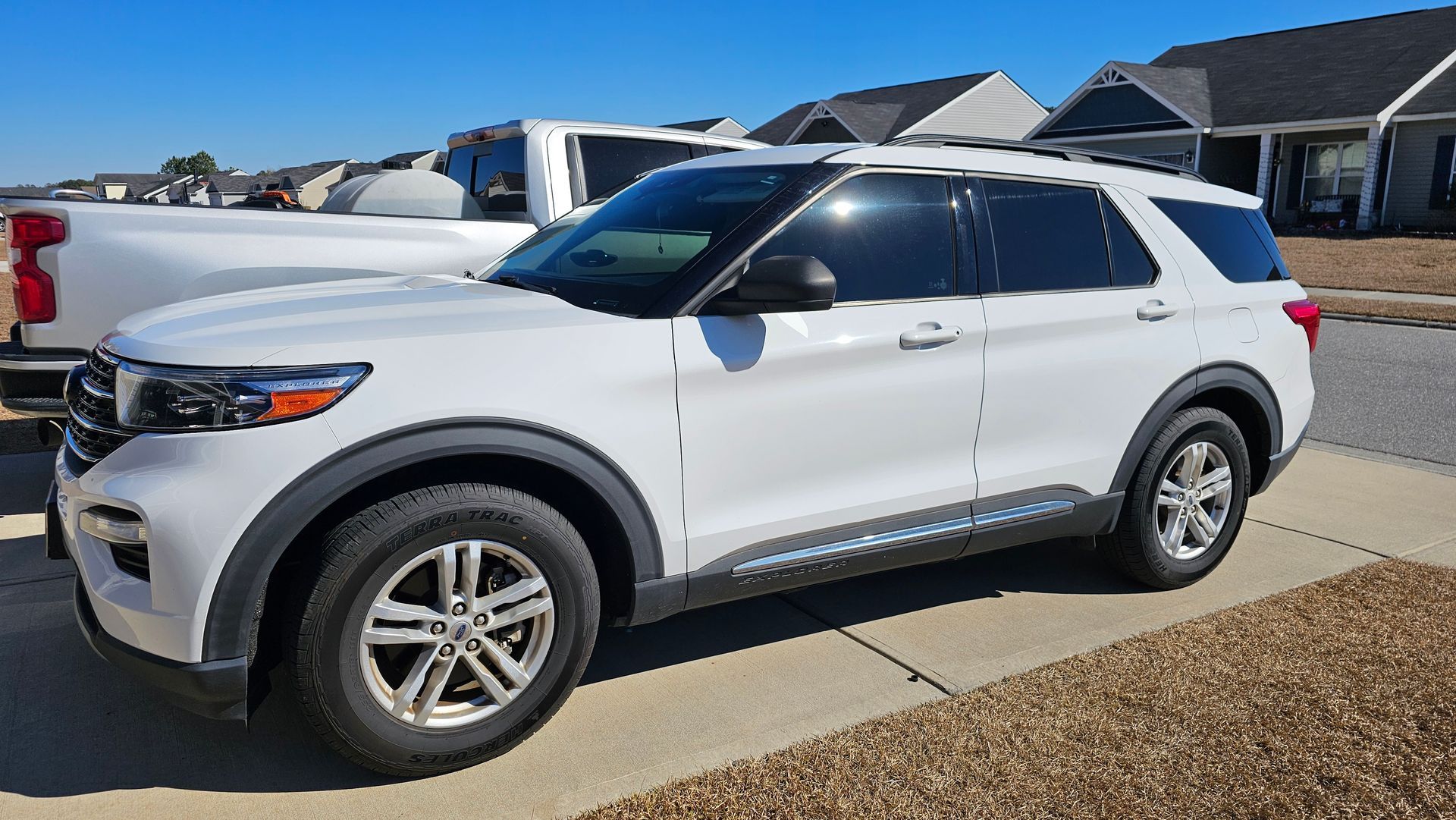
Preparation of Window Surfaces
Preparing windows for tinting may seem straightforward, but it requires a level of precision and care that ensures the best results. Our technicians start by selecting a controlled, dust-free environment to work in. This is crucial because any particulates that settle on the surface can trap air bubbles or debris under the tint film, potentially ruining the aesthetic.
The next step involves meticulously cleaning both sides of the windows. Our technicians utilize a specialized cleaning solution designed specifically to remove oils, dirt, and any stubborn residues without leaving streaks behind.
Our team scrapes off any lingering adhesive with careful hands. This step is not rushed; if done hastily, one could risk scratching the glass or missing some of the old glue, compromising the future tint's adhesion.
Window Film Application
Installing window tinting is an art form that requires patience, precision, and expertise. It begins with preparing the surface—the recently cleaned windows provide the perfect canvas for the film. Once everything is in place, the installation technique must employ both soapy water and careful positioning to achieve outstanding results.
When our technicians are ready to apply the film, they first spray a mixture of soapy water onto both the window and the film. This is a key step because it allows for repositioning if adjustments are needed before the film adheres permanently. It’s like laying down a delicate blanket—gently smoothing out wrinkles while ensuring it lies perfectly flat.
During this phase, it’s vital to work in a dust-free environment to avoid any contamination that could affect adhesion or clarity.
Next, apply a squeegee to press the film against the glass firmly. This action helps to eliminate trapped air bubbles and excess moisture under the film. Starting from the center of the window and working your way outward is important; this technique drives out air while preventing creases.
Once installed, there's a critical waiting period where we allow the adhesive to cure properly. While some visible moisture may remain right after application, this will dry up, leaving you with a smooth and clear tint. However, it's recommended not to roll down your windows for at least three days—this timeframe allows for optimal adhesion. In some cases, it can take upwards of three weeks for complete curing, during which you might notice some temporary haze that will resolve itself over time.
Understanding these nuances not only helps customers appreciate the craftsmanship involved but also prepares them for what to expect in terms of maintenance and care post-installation. High-quality window tinting, when done correctly, enhances aesthetics and offers benefits such as glare reduction and UV protection that last for years.
Duration and Techniques of Installation
Understanding the duration and installation methods is essential for preparing yourself for a professional tinting experience. Generally, the complete process averages between 2 to 4 hours. While this may sound long, it's the careful attention to detail that ensures high-quality results. For example, standard sedans usually need about 2 hours, while larger vehicles like SUVs or vans can take upwards of 3 to 4 hours due to their size and complexity.
This timeframe allows technicians not only to apply the film but also to meticulously ensure everything is done right. Each part of this process is an investment in your vehicle’s look and longevity.
Quality Checks
Northern Lights Home & Auto Coatings conducts rigorous quality checks after the installation. Every window is inspected with meticulous attention to detail to ensure there are no imperfections like air bubbles, creases, or contaminants.
If any issues arise during the inspection process, our professionals will promptly rectify them. We understand that defects in your window tinting can lead to frustration down the road. Thus, this step isn't just formal; it’s a critical assurance for you.
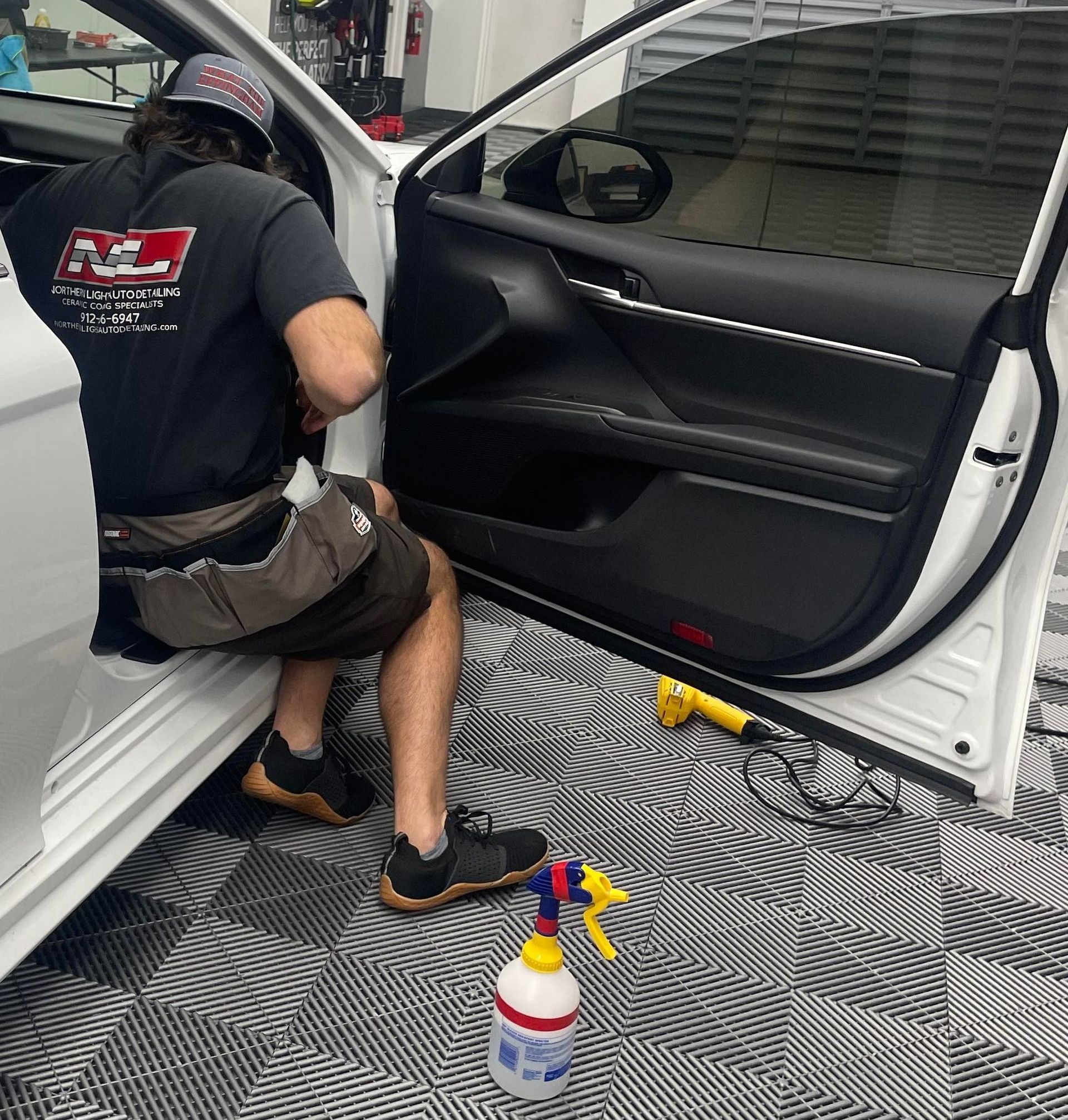
Benefits of Professional Window Tinting
One of the standout benefits of professional window tinting is UV Protection. High-quality films can block up to 99% of harmful ultraviolet rays. This isn't just a small advantage; it protects your skin from potential sun damage while preserving your vehicle's interior by reducing fading and cracking, which can lead to expensive repairs or replacements down the line.
The second major benefit is improved comfort. Tinted windows significantly reduce solar heat entering your vehicle, making those scorching summer days more bearable. Instead of frying inside your car while waiting for the air conditioning to kick in, you'll find that window tinting keeps you cooler without draining your energy resources.
Enhanced privacy is yet another highlight of professional window tinting. It acts as a barrier, making it more difficult for passersby to see inside your vehicle. Not only does this provide peace of mind when parked in busy areas, but it also keeps prying eyes away from valuable items left within sight.
The benefit of safety cannot be overlooked either. Quality tinted films are designed to hold shattered glass together if an accident occurs. This added layer offers protection against injuries caused by flying shards of glass during a collision. It's comforting to know that something as simple as upgraded window films can significantly enhance the safety features of your vehicle, ensuring that both you and your loved ones are better protected when you're on the road.
Why Choose Northern Lights Home and Auto Coatings?
At Northern Lights Home & Auto Coatings, we take pride in our expertise, precision, and customer satisfaction. Our professional installation ensures flawless results with no bubbles or peeling, high-quality, long-lasting films, compliance with local tinting laws, and improved comfort, style, and protection.
If you're ready to enhance your vehicle with professional window tinting,
contact Northern Lights Home and Auto Coatings today! Our team is here to provide expert advice, top-tier service, and a flawless installation experience.
